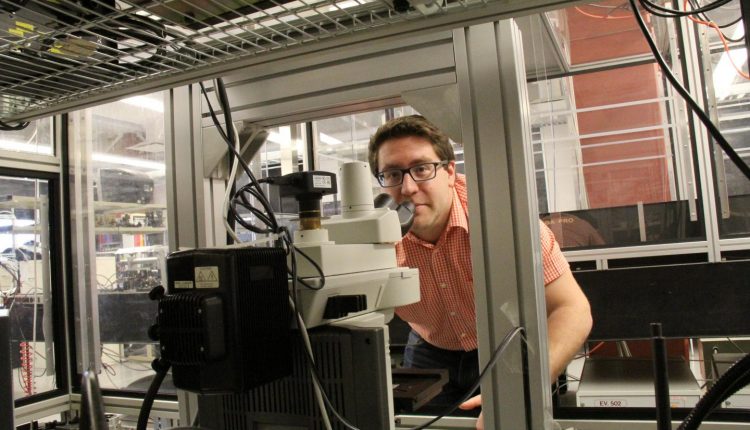
A team of engineers from the University of Alberta has figured out a way to essentially “weld” neurons with ultrashort laser pulses. The new advance has the potential to further medical research and treatment opportunities.
This is the first time researchers have ever bonded neurons, the cells in the nervous system responsible for transferring information between the brain and the rest of the body.

“The immediate application is for researchers. They finally have a new tool to do what they have not been able to do before,” said Nir Katchinskiy, a second-year PhD student in Electrical Engineering who led the study. “We’re engineers. We come up with tools that provide potential.”
How they did it
The team put two neurons into a special solution which prevented them from sticking together, then started to bring them in contact with one another using femtosecond laser pulses every 10 to 15 seconds. Although the outside layer of the cells was partially compromised, the inside of that protective layer remained intact. As a result, the two cells established solid bonds forming a common membrane at the targeted area.
It took the neurons 15 milliseconds to stick to each other, but the process would have taken hours to occur naturally.
After many experiments, the team found that the cells still remained viable.
One of the biggest advantages offered to researchers is the ability to completely control how the neurons connect.
“You can really plan any experiment. The idea is to show that you can use it (femtosecond laser) as a research tool to control what you are attaching,” said Katchinskiy.
So far, the team has applied this method to three types of cells, but it feels the potential of the technique is limitless.
Although Katchinskiy understands that the team is nowhere near treating the human spine with this method, he did have a real-life application in mind when he started the project.
“I was really interested in the nervous system–if you have a severed nerve, you can’t repair it,” he said. “My thought was, what if we could ‘weld’ it back up right after it’s injured?”
Femtosecond lasers may also assist in prostate, brain and ocular cancer research and treatment, as well as possible post-cancer surgery treatment.

Comments are closed, but trackbacks and pingbacks are open.